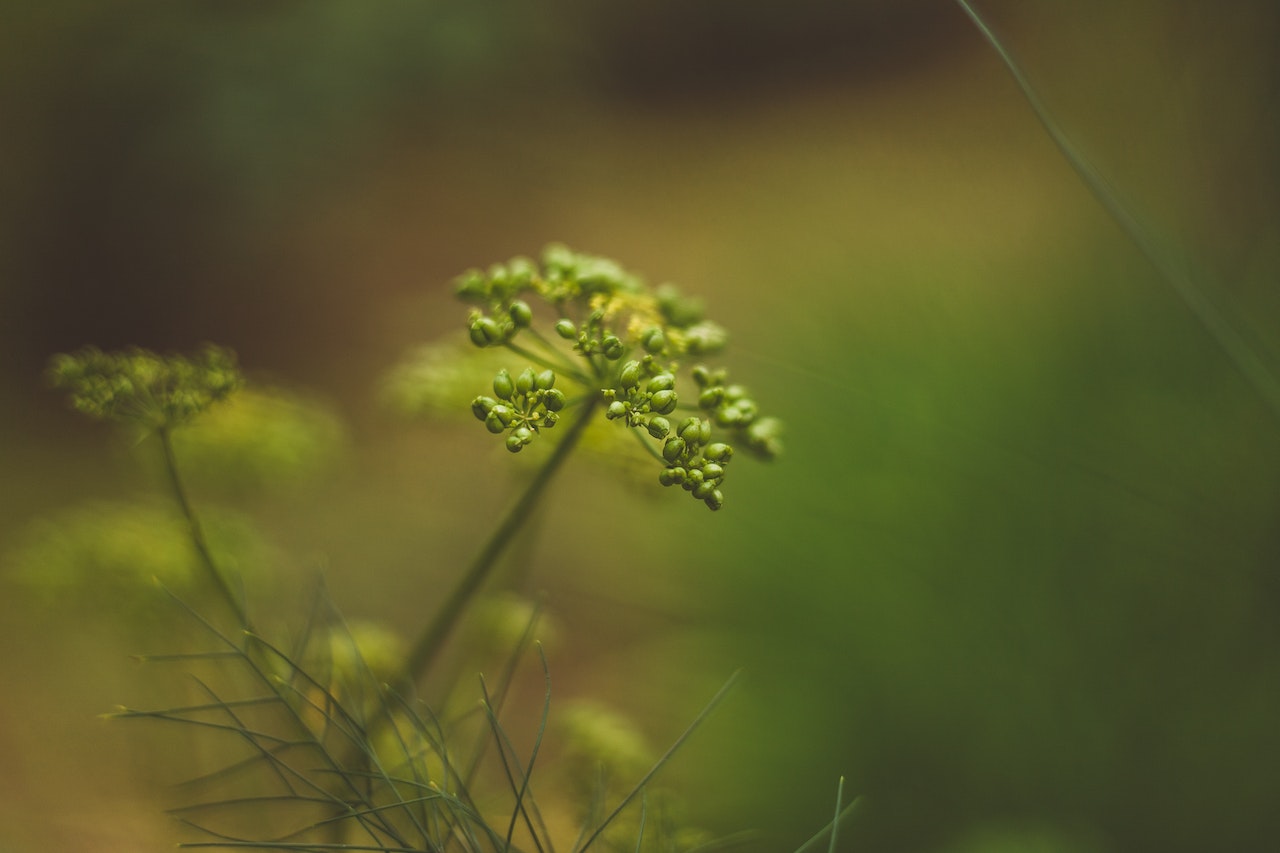This post was originally published on Green Biz
Source: Green Biz
“This has the potential to be very big.”
That was agriculture sustainability expert Andy Beadle’s conclusion after wrapping up the first insetting project executed by his employer, chemicals giant BASF.
The project, which funded the production of crops with a dramatically reduced carbon footprint, is an example of the surge of interest in the use of insetting in food and agriculture. The process, which allows companies to help suppliers cut emissions and claim an associated emissions reduction, is taking off after years of work to formulate the rules that govern it.
To learn more about how this project worked, Trellis asked Beadle to walk us through the key steps.
Customer demand
BASF’s insetting work is motivated by demand from customers and partners that want to cut Scope 3 emissions, said Beadle. The Science Based Targets Initiative does not allow offsets to be used to meet interim net-zero targets, so companies are looking instead to invest in emissions reduction projects within their value chains.
BASF is well placed to help deliver such projects because it’s connected to farmers through its work selling fertilizer and other agricultural inputs. It has also developed a life-cycle assessment tool known as AgBalance, which can be used to model the impact that a specific intervention on a farm — a reduction in fertilizer use, for example — will have on the carbon footprint of the crops grown there.
In this case, the on-farm work took place on barley fields in Ireland and was funded by Belgium-based Boortmalt, a leading provider of malted barley to whiskey distilleries and other food companies.
Generating the credits
Many regenerative agriculture techniques have the potential to cut farmland emissions. After talking to barley farmers, Beadle’s team settled on a cover crop, which is planted after the barley has been harvested; and straw retention, which involves leaving a fraction of crop residues on the field. Both practices are known to increase soil carbon and, as a co-benefit, limit soil erosion.
Before asking farmers to get involved, BASF needed to be confident of two things: that the company could accurately measure the carbon savings and that the credits generated would be registered and tracked. “We can’t have that ton of carbon being sold multiple times because it’s a real reputational risk,” explained Beadle. “Not just for the BASF brand; it would also be a reputational risk for any of the customers we work with.”
To ensure the credits withstood scrutiny, BASF aligned the project with a methodology developed for the voluntary carbon market — titled VM0042 Improved Agricultural Land Management — by Verra, a key standard-setter for the market. Among other things, the methodology includes rules for how soil carbon levels should be measured before and after regenerative practices are applied. In this case, representative soil samples taken at the beginning and end of the project were fed into software developed by Regrow, a company that models agriculture supply chains, to estimate soil carbon across all the fields involved.
The whole process — from the project plan through to the credits that BASF claims were generated by the interventions — then needed to be audited and approved by SustainCERT, a non-profit that verifies carbon projects. “They will randomly select farmers and ask them, ‘So you said you grew, show me the receipt that you bought cover crops that went from here to there’,” said Beadle. Once SustainCERT had signed off, the credits — which BASF calls “Verified Impact Units” — were placed on the auditor’s registry.
Assessing the potential
The monitoring period for the intervention wrapped up in late 2023. Earlier this month, BASF and Boortmalt announced the results: 722 tCO2e saved by the 12 participating farmers. That alone isn’t significant; Ireland’s agricultural sector emits around 20 million tCO2e annually. But at a farm level, emissions associated with the crop were cut by nearly 90 percent. Most of the change came from carbon dioxide was captured from the atmosphere and stored in the soil, said Beadle.
BASF now has a slew of other insetting projects in the works, including a project with a major European bakery, rice farms in Japan and another barley company. Given the tight margins and unpredictable nature of farming, producers are cautious about adopting new techniques. But there is potential for huge growth, noted Beadle.
“No farmer is going to immediately say to me, ‘Here, have my whole farm, let’s do it,” he said. “Everybody wants to start small. They want to really see what they’re getting. They want to see how they can then use that. But if I look at the projected plans, we are talking over hundreds of thousands of hectares in Europe moving forward.”
The post Inside BASF’s insetting project that cut agricultural emissions by 90 percent appeared first on Trellis.





0 Comments